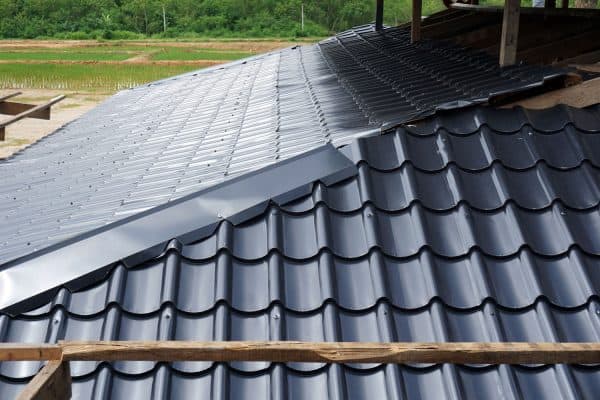Whether you currently have vinyl siding or are considering it for your home for the first time, you probably want to know the pros and cons of this material. With numerous siding options available, you'll want to select the right one for your aesthetic tastes, as well as for your budget. One question you might have is, "How long does vinyl siding last on a house?" We have researched this so you will know what to expect.
Depending upon weather conditions, you can expect vinyl siding to last between twenty-five and forty years. Other factors can play a role in the amount of life you get out of your vinyl siding, including:
- the way it was installed
- the quality of the material
- exposure to the elements
- routine maintenance
Now that we know how long vinyl siding can last on a house, we'll go a little deeper into what can lengthen or shorten the lifespan of your vinyl siding. We've researched siding material from numerous professional sources, so that we can fully answer many of your questions in this post. You might be asking "How often should house siding be replaced," or "Should I remove the old siding before installing the new siding?" To see the answers to these questions, and more read ahead in this post.
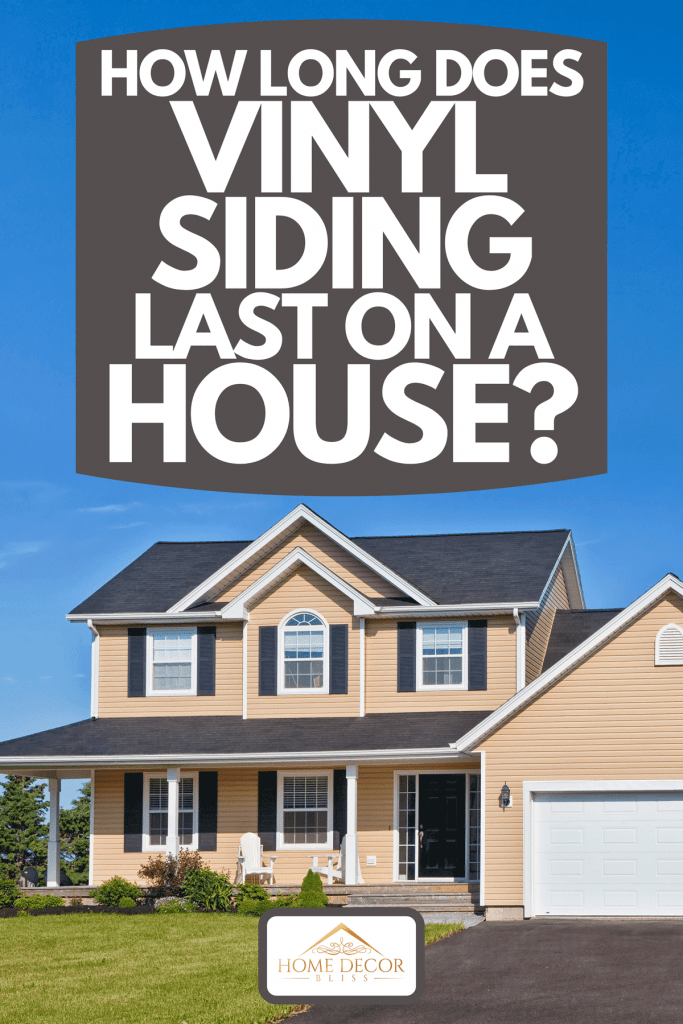
Getting the Most Out of Vinyl Siding
As we mentioned earlier in this post, there are several factors that could affect how long your vinyl siding will last. While you can expect a good long life out of vinyl siding, nothing will last forever. But paying attention to the following may help you get the most out of vinyl siding:
Installation
Quality installation goes a long way in ensuring that your vinyl siding lasts. Like bad cuts and loose-fitting pieces, slipshod craftsmanship will allow for pieces of your vinyl siding to blow away, sometimes even taking several squares of it during large gusts.
Be sure that if you are installing the vinyl siding yourself that you are taking exact measurements and making precise cuts. Pay close attention to how the vinyl is attached to the J-channels and how they fit around doors and windows.
If you are hiring someone to do the vinyl siding installation for you, then do your due diligence and check their references. Seeing other homes, they've successfully sided is always a plus and will give you the necessary peace of mind you'll need to know that they can competently complete the job.
Material quality
The material quality is also an essential factor in how long you can expect the siding to last on your home. Even the best installation won't make up for inferior and cheaply made products.
Pay close attention to the brand you buy, and what benefits it may have over others. If you live in an area with significant fluctuations in the climate, get a brand that is even more resistant to the elements. You may pay more upfront, but you'll save a lot of time and money avoiding the premature replacement of your vinyl siding.
Exposure to the elements
Vinyl is well-known for being super resistant to changes in climate. It is a great material option for those that live in areas where the temperatures and humidity levels have broad ranges. Nothing is one hundred percent resilient, however, and paying close attention to how nature is aging, your vinyl siding can help you get a little more life out of it.
Wind and moisture are the two elements to be most cautious of. While you can't prevent them from happening, you can do things to properly mitigate short term damage, keeping them from becoming long term problems. We discuss this more below when we cover routine maintenance.
Routine maintenance
As with any type of siding, how long it will last will be heavily based on how well you maintain it. Vinyl siding is popular for many reasons. One of them is that the maintenance on this type of material is considerably less than other types. But even though vinyl siding requires less ongoing maintenance than wood, you should still correctly and routinely perform maintenance on the siding.
Vinyl is very moisture resistant. But that doesn't mean that it's moisture-proof or that it still can't develop mold or mildew growth. Once a year, you should walk the perimeter of the house and perform a thorough inspection. Fix any pieces that might have loosened with age or in the wind. Clear any plant growth off of the siding. Pay close attention to where the siding is fitted into door and window frames. Make sure that they are still properly secured.
Next, you should clean the siding with a power washer and some approved cleaner. When using a power washer, be sure that you are standing more than five feet from the house's side and do not allow the stream to stay in one spot for more than a few seconds. Too much pressure can loosen and detach the vinyl siding or let moisture get in underneath.
We may include affiliate links and curated AI content to highlight top design styles.
To see this brand of power washer on Amazon, click here.
To see this brand of siding cleaner on Amazon, click here.
How Often Should House Siding Be Replaced?
When you replace your house siding depends on several things. What type of siding do you have? Have you adequately maintained it? Has nature been good to it?
No matter what type of siding you have, if it's properly installed and routinely maintained, you should expect it to last a minimum of twenty years. Some materials will last even longer, as we discuss later in this post.
What Type Of House Siding Lasts The Longest?
With an expected life of up to eighty years, stucco is the siding material that outlasts the rest.
Vinyl is usually will have a 20 to 40-year warranty on it, but it can last much longer under the right circumstances.
Steel siding and fiber cement siding will last up to forty years, with wooden siding lasting the least. Houses with wooden siding can expect it to last 20 to 30 years.
As we pointed out earlier in this post, climate and routine maintenance go a long way in ensuring that your siding lasts up to its manufacturer's expectancy. Routinely follow the recommended maintenance schedule for your type of material, and you can expect it to last much longer.
Should You Replace Windows Or Siding First?
Ideally, you are in a position where you can replace the windows and siding at the same time. But that doesn't always work out with a person's budget. So which one should be done first, if I have to do them at separate times?
While you can certainly do either project first, most contractors will tell you that it's a good idea to tackle window replacement first. This will help the installers get a better fit for the windows. It also saves a lot of time and labor for the contractors that eventually install your siding. You also eliminate the risk of damage to the siding that could happen when the old windows are removed and new ones installed.

Should You Remove Old Siding Before Installing New?
Depending upon whom you ask, removing the old siding is either an unnecessary and costly nuisance, or it's a task that will possibly ensure a longer life for your structure as a whole. We'll present both sides of the issue, based on our research.
To Remove
Proponents of removing old siding before installing the new material will tell you that siding over old siding is dangerous. They caution that siding has a natural life, and wood siding, in particular, would be left to further rot and decay under the new siding. Rotting materials will mildew, which can spread over time to the frame that it is attached to.
Siding over older siding can potentially create a cover for structural damage that can and should be mitigated. Hiding damage will only be effective for so long until the long term consequences are realized.
The mold and mildew on the older, hidden siding can create allergy issues for the occupants of the house. Proponents list this, as well as the dangers of mold, among the top reasons you should always remove the older siding before the installation of the new material.
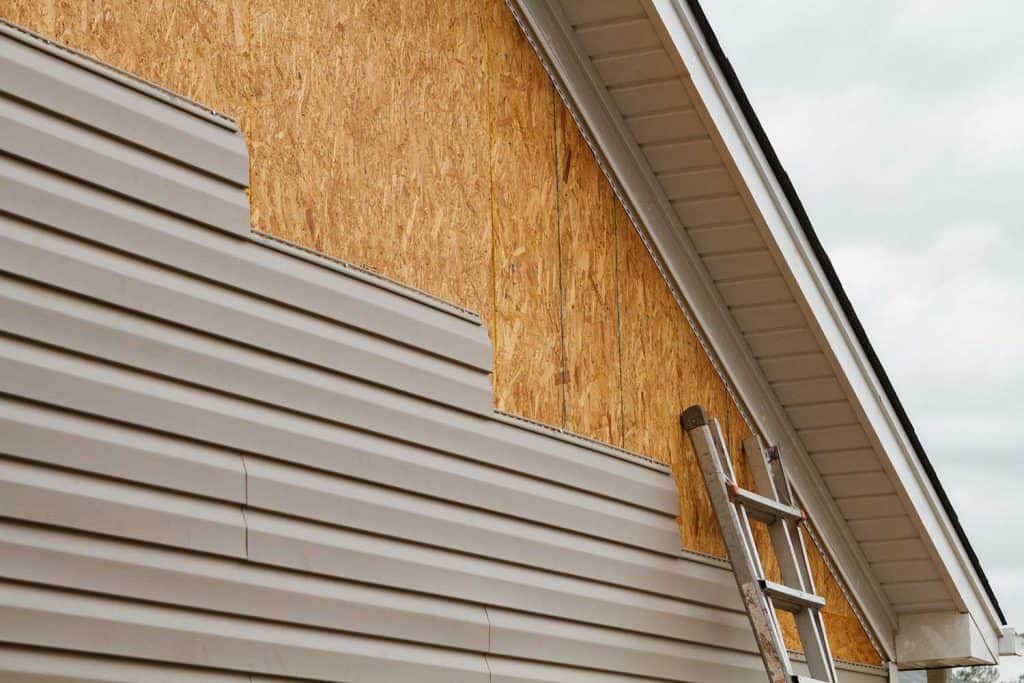
Or not to remove
Others will state that removing the old siding is burdensome. The removal requires much more labor, creates a disposal issue, and adds to the project's overall cost. They also point out that most siding material, like vinyl or steel, won't rot. They also point out that the removal is hazardous on homes with older asbestos siding, and covering it up is the best practice.
To ensure that you are making the right move, consider what material you are replacing. If it's wood, it's probably best to have it torn off before you replace it. If it's vinyl or another material type, consult with several trusted local contractors to get a consensus.
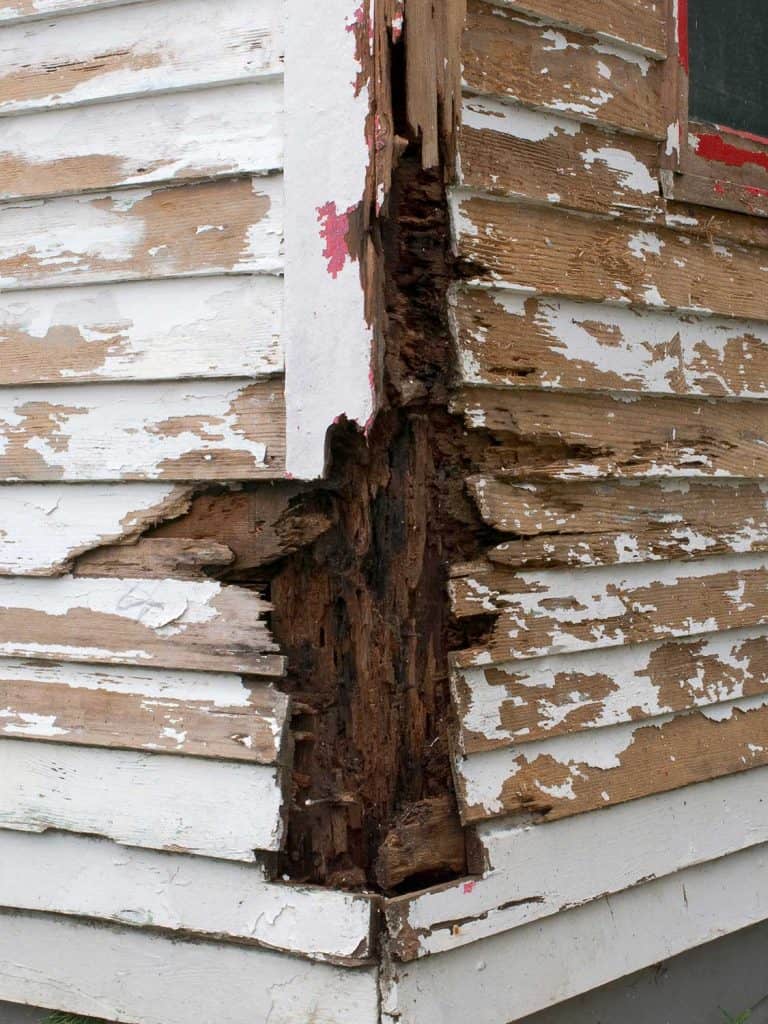
Does New Siding Add Value To Your Home?
Adding value to your home can certainly be achieved by installing new siding. Older siding that is damaged or cracked will most likely reduce your home's value along with its curb appeal. Real estate experts maintain that new siding will add up to seventy percent of the total project cost to your home's value. In other words, if adding new siding costs $5,000, you will add up to $3,500 to your home's appraised value.
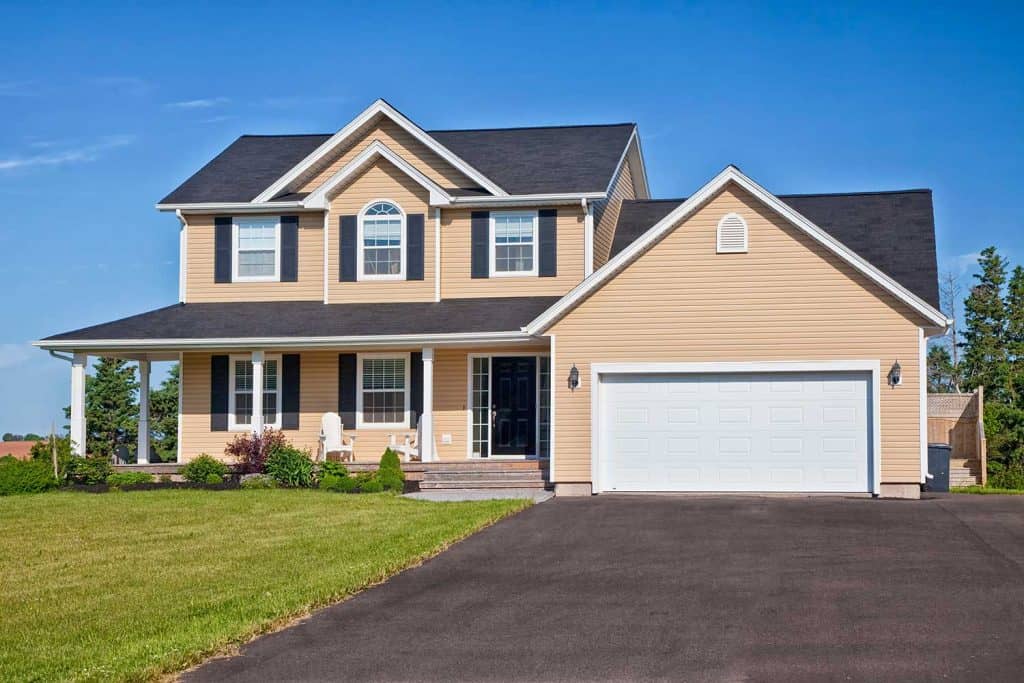
In Conclusion
In this post, we've learned that vinyl siding will last twenty-five to forty years on average. Under the proper conditions, this siding material can last much longer. It will almost always outlast steel, wood, and fiber cement siding. Only stucco siding is known to outperform vinyl when it comes to longevity.
Getting the most life out of your vinyl siding takes proper installation, superior craftsmanship, and durable materials from a reputable company. Like with any siding type, routine maintenance will make it last much longer.
While it's perfectly fine to replace the siding on your home prior to installing new windows, the general practice is to replace the windows first. This reduces the amount of time and labor and is a school of thought that most contractors follow.
There are many ways to add immediate value to your home, and installing new siding is one of them. A new, fresh exterior look adds excellent curb appeal. It shows prospective buyers that they have one less major project to concern themselves with.
If you found this post on vinyl siding helpful, we believe you will enjoy the following posts:
How Long Does Board And Batten Siding Last?
How Long Does Wood Siding Last?
How Much Does Wood Siding Cost Per Square Foot? (By Type Of Wood)



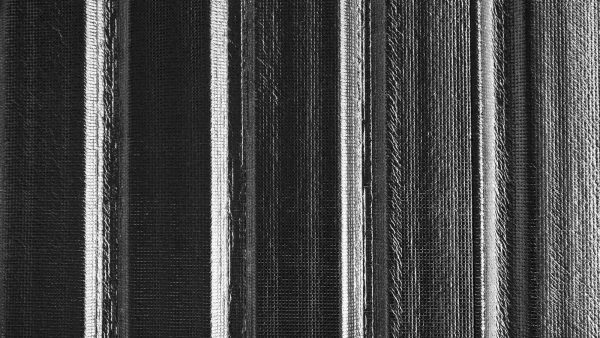
![Get Your Roof Ready: How to Apply Aluminum Roof Coating [Step by Step Guide]](https://homedecorbliss.com/wp-content/uploads/2023/08/shutterstock_1624204837-600x400.jpg)
